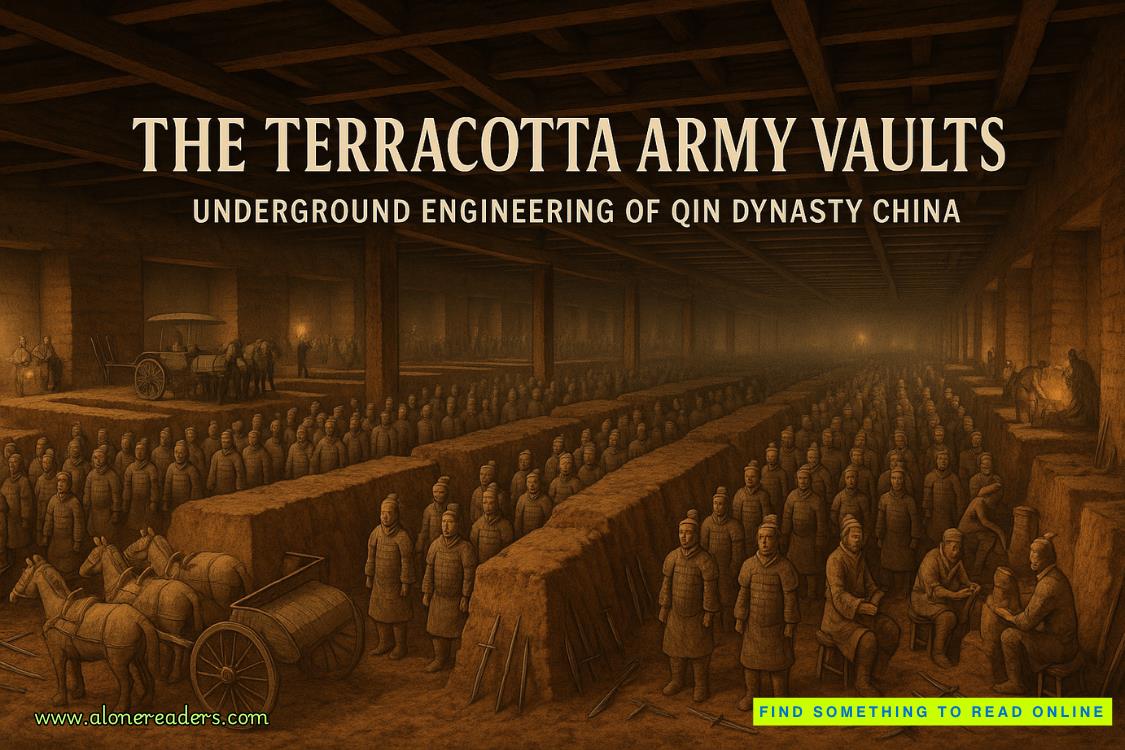Page 5 of The Cold Moon (Lincoln Rhyme 7)
"Nope. Won't go bang. But the squad sent 'em up to Rodman's Neck to check for bio or chemical agents. Same brand of clock, looks like. Spooky, one of the respondings said. Has this face of a moon on it. Oh, and just in case we were slow, he left a note under the clocks. Computer printout. No handwriting."
"And they said . . . ?"
Sellitto glanced down at his notebook, not relying on memory. Rhyme appreciated this in the detective. He wasn't brilliant but he was a bulldog and did everything slowly and with perfection. He read, " 'The full Cold Moon is in the sky, shining on the corpse of earth, signifying the hour to die and end the journey begun at birth.'" He looked up at Rhyme. "It was signed 'the Watchmaker.'"
"We've got two vics and a lunar motif." Often, an astronomical reference meant that the killer was planning to strike multiple times. "He's got more on the agenda."
"Hey, why d'you think I'm here, Linc?"
Rhyme glanced at the beginning of his missive to the Times. He closed his word-processing program. The essay about Before and After would have to wait.
Chapter 3
A small sound from outside the window. A crunch of snow.
Amelia Sachs stopped moving. She glanced out at the quiet, white backyard. She saw no one.
She was a half hour north of the city, alone in a pristine Tudor suburban house that was still as death. An appropriate thought, she reflected, since the owner of the place was no longer among the living.
The sound again. Sachs was a city girl, used to the cacophony of urban noises--threatening and benign. The intrusion into the excessive suburban quiet set her on edge.
Was its source a footstep?
The tall, red-haired detective, wearing a black leather jacket, navy blue sweater and black jeans, listened carefully for a moment, absently scratching her scalp. She heard another crunch. Unzipped her jacket so her Glock was easily accessible. Crouching, she looked outside fast. Saw nothing.
And returned to her task. She sat down on the luxurious leather office chair and began to examine the contents of a huge desk. This was a frustrating mission, the problem being that she didn't know exactly what she was looking for. Which often happened when you searched a crime scene that was secondary or tertiary or whatever four-times-removed might be called. In fact, you'd be hard-pressed to call this a crime scene at all. It was unlikely that any perpetrators had ever been present, nor had any bodies been discovered here, any loot hidden. This was simply a little-used residence of a man named Benjamin Creeley, who'd died miles away and had not been to this house for a week before his death.
Still she had to search, and search carefully--because Amelia Sachs was not here in the role she usually worked: crime scene cop. She was the lead detective in the first homicide case of her own.
Another snap outside. Ice, snow, branch, deer, squirrel . . . She ignored it and continued the search that had started a few weeks earlier, all thanks to a knot in a piece of cotton rope.
It was this length of clothesline that had ended the life of fifty-six-year-old Ben Creeley, found dangling from the banister of his Upper East Side town house. A suicide note was on the table, no signs of foul play evident.
Just after the man's death, though, Suzanne Creeley, his widow, went to the NYPD. She simply didn't believe that he'd killed himself. The wealthy businessman and accountant had been moody lately, yes. But only, she believed, because he'd been working very long hours on some particularly difficult projects. His occasionally dour moods were a far cry from suicidal depression. He had no history of mental or emotional problems and wasn't taking antidepressants. Creeley's finances were solid. There'd been no recent changes to his will or insurance policy. His partner, Jordan Kessler, was on a business trip to a client's office in Pennsylvania. But he and Sachs had spoken briefly and he confirmed that while Creeley had seemed depressed lately he hadn't, Kessler believed, ever mentioned suicide.
Sachs was permanently assigned to Lincoln Rhyme for crime scene work but she wanted to do more than forensics exclusively. She'd been lobbying Major Cases for the chance to be lead detective on a homicide or terrorist investigation. Somebody in the Big Building had decided that Creeley's death warranted more looking into and gave her the case. Aside from the general consensus that Creeley wasn't suicidal, though, Sachs at first could find no evidence of foul play. But then she made a discovery. The medical examiner reported that at the time of his death Creeley had a broken thumb; his entire right hand was in a cast.
Which simply wouldn't've let him tie the knot in his hangman's noose or secure the rope to the balcony railing.
Sachs knew because she'd tried a dozen times. Impossible without using the thumb. Maybe he'd tied it before the biking accident, a week prior to his death, but it just didn't seem likely that you'd tie a noose and keep it handy, waiting for a future date to kill yourself.
She decided to declare the death suspicious and opened a homicide file.
But it was shaping up to be a tough case. The rule in homicides is either they're solved in the first twenty-four hours or it takes months to close them. What little evidence existed (the liquor bottle he'd been drinking from before he died, the note and the rope) had yielded nothing. There were no witnesses. The NYPD report was a mere half-page long. The detective who'd run the case had spent hardly any time on it, typical for suicides, and he provided Sachs with no other information.
The trail to any suspects had pretty much dried up in the city, where Creeley had worked and where the family spent most of their time; all that remained in Manhattan was to interview the dead man's partner, Kessler, in more depth. Now, she was searching one of the few remaining sources for leads: the Creeleys' suburban home, at which the family spent very little time.
But she was finding nothing. Sachs now sat back, staring at a recent picture of Creeley shaking the hand of someone who appeared to be a businessman. They were on the tarmac of an airport, in front of some company's private jet. Oil rigs and pipelines loomed in the background. He was smiling. He didn't look depressed--but who does in snapshots?
It was then that another crunch sounded, very close, outside the window behind her. Then one more, even closer.
That's no squirrel.
> Out came the Glock, one shiny 9-millimeter round in the chamber and thirteen underneath it. Sachs made her way quietly out the front door and circled around to the side of the house, pistol in both hands, but close to her side (never in front of you when rounding a corner, where it can be knocked aside; the movies always get it wrong). A fast look. The side of the house was clear. Then she moved toward the back, placing her black boots carefully on the walkway, which was thick with ice.
A pause, listening.
Yes, definitely footsteps. The person was moving hesitantly, maybe toward the back door.















